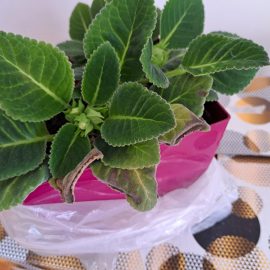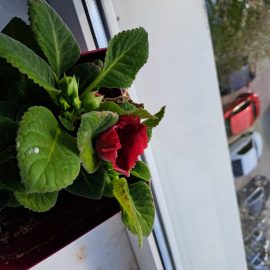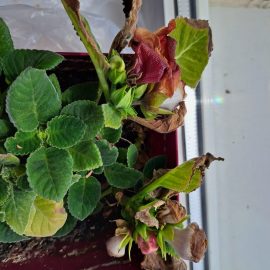Gloxinia, plant care and growing guide
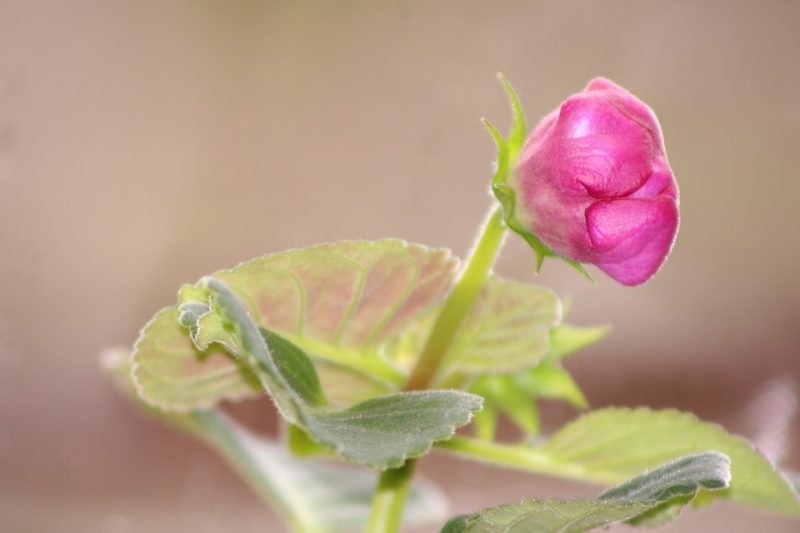
Originally from South America, the genus Sinningia includes perennial plants, which reach 20-25 cm in height. Gloxinia is a perennial plant with tubers, decorative thanks to its flowers and leaves, and it is often used as a houseplant. The flowers are large, bell-shaped, velvety, and are colored purple, pink, or red. The leaves are large, oval-lanceolate, pubescent, and with wavy edges.
Species and varieties of Gloxinia
Sinningia speciosa – the leaves are large and pubescent; the flowers are large, velvety, and trumpet-shaped;
Sinningia pusilla – the leaves are small and green-gray; the flowers are small, pink or purple;
Sinningia regina – the leaves are metallic green; the flowers are large and bell-shaped.
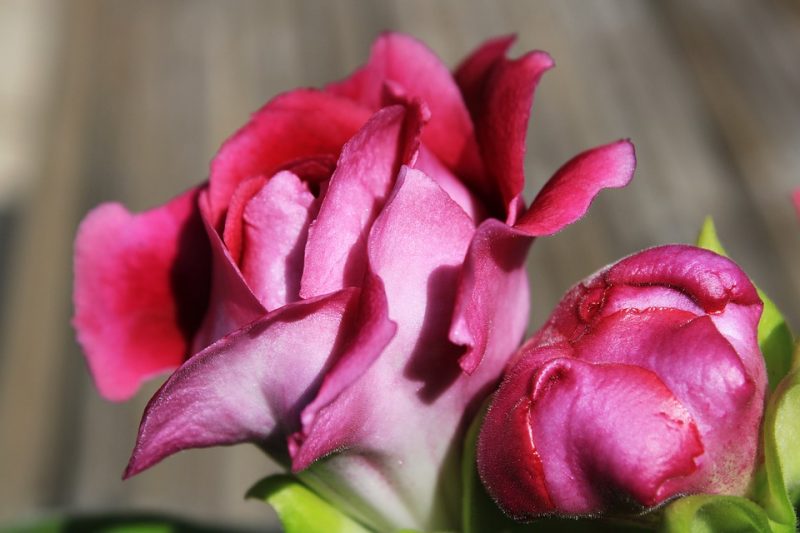
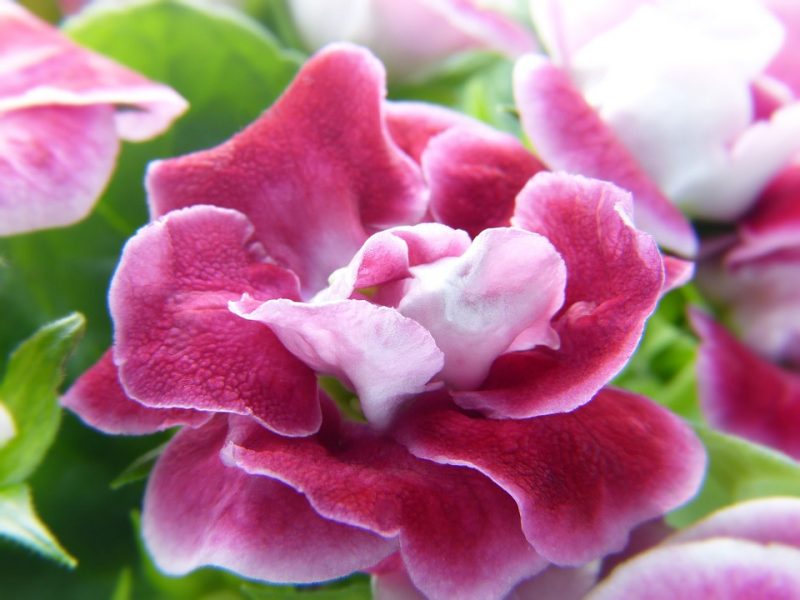
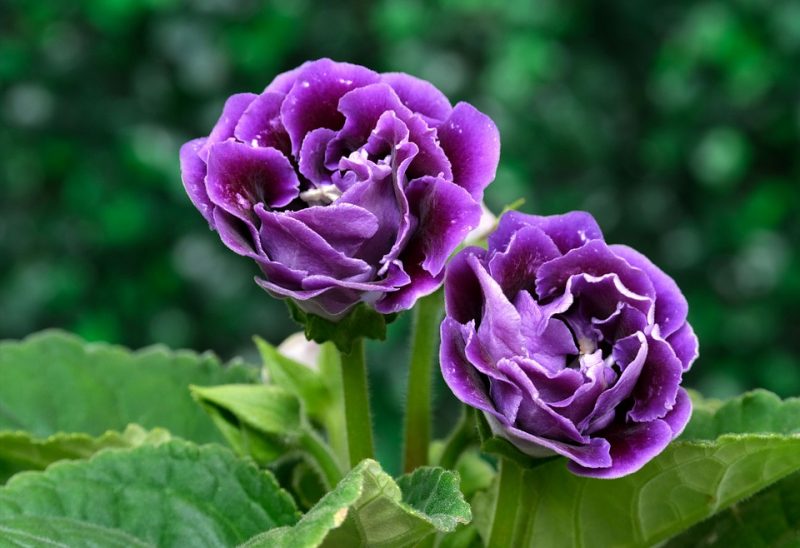
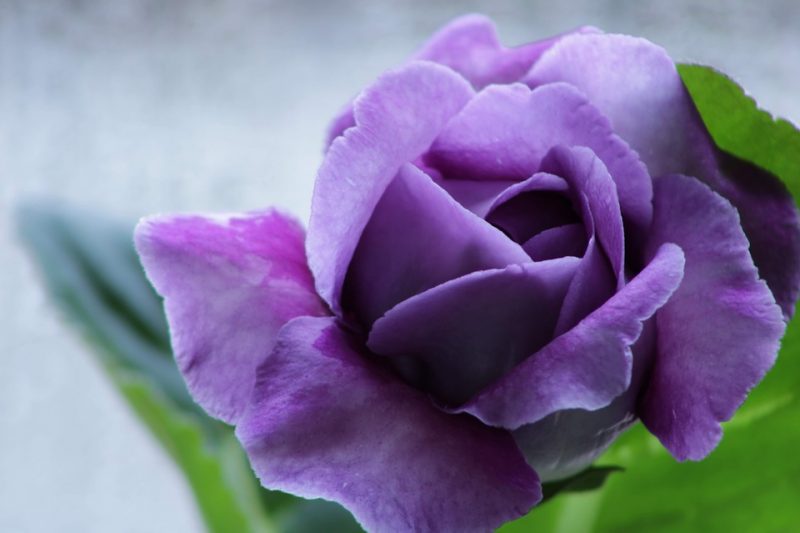
Light. Gloxinia needs a lot of light to bloom, but it should not be exposed to direct sunlight. It can also withstand partially shaded areas quite well.
Temperature. The optimum temperature range is 18-24° C, but in winter, after the flowers wilt, they should be placed in cooler spaces with temperatures of 10° C.
Humidity. It needs moderate humidity both in the substrate and in the atmosphere.
Substrate. It needs a fertile, slightly acidic substrate with a good drainage capacity. For example, a mixture of peat and sand can be used.
Recommended products
-
You can find products on a different store
Change Store -
You can find products on a different store
Change Store -
You can find products on a different store
Change Store -
You can find products on a different store
Change Store -
You can find products on a different store
Change Store -
You can find products on a different store
Change Store -
You can find products on a different store
Change Store -
You can find products on a different store
Change Store -
You can find products on a different store
Change Store -
You can find products on a different store
Change Store -
You can find products on a different store
Change Store -
You can find products on a different store
Change Store -
You can find products on a different store
Change Store -
You can find products on a different store
Change Store -
You can find products on a different store
Change Store -
You can find products on a different store
Change Store -
You can find products on a different store
Change Store -
You can find products on a different store
Change Store -
You can find products on a different store
Change Store -
You can find products on a different store
Change Store -
You can find products on a different store
Change Store -
You can find products on a different store
Change Store -
You can find products on a different store
Change Store -
You can find products on a different store
Change Store
Watering. It should be done regularly during the period of growth and flowering so that the substrate remains damp. Starting with October, the amount of water should be slightly reduced, and in winter, when the plant enters the dormancy period, it should not be watered at all, and the plant has to be placed in a cool space. At the end of winter, however, the plant must return to a bright space and you should gradually resume watering the plant. Soon, the plant will recover. At the same time, the tubers should be transplanted into a larger pot.
Atmospheric humidity has to be maintained by spraying the air around the plant or by placing the pot on a layer of damp gravel.
Fertilization. It should be done every two weeks during the active growing period, March-September, with fertilizers for flowering plants.
Recommended products
-
You can find products on a different store
Change Store -
You can find products on a different store
Change Store -
You can find products on a different store
Change Store -
You can find products on a different store
Change Store -
You can find products on a different store
Change Store -
You can find products on a different store
Change Store -
You can find products on a different store
Change Store -
You can find products on a different store
Change Store -
You can find products on a different store
Change Store -
You can find products on a different store
Change Store -
You can find products on a different store
Change Store -
You can find products on a different store
Change Store -
You can find products on a different store
Change Store -
You can find products on a different store
Change Store -
You can find products on a different store
Change Store -
You can find products on a different store
Change Store -
You can find products on a different store
Change Store -
You can find products on a different store
Change Store -
You can find products on a different store
Change Store -
You can find products on a different store
Change Store -
You can find products on a different store
Change Store -
You can find products on a different store
Change Store -
You can find products on a different store
Change Store -
You can find products on a different store
Change Store
Propagation
Gloxinia can be propagated through seeds, tuber division, or leaf cuttings.
Propagation through seeds should be done in spring with seeds from the previous year. Propagation through tubers can be done in spring or autumn, and propagation through cuttings can be done all summer from mature leaves rooted in water.
Recommended products
-
You can find products on a different store
Change Store -
You can find products on a different store
Change Store -
You can find products on a different store
Change Store -
You can find products on a different store
Change Store -
You can find products on a different store
Change Store -
You can find products on a different store
Change Store -
You can find products on a different store
Change Store -
You can find products on a different store
Change Store -
You can find products on a different store
Change Store -
You can find products on a different store
Change Store -
You can find products on a different store
Change Store -
You can find products on a different store
Change Store -
You can find products on a different store
Change Store -
You can find products on a different store
Change Store -
You can find products on a different store
Change Store -
You can find products on a different store
Change Store -
You can find products on a different store
Change Store -
You can find products on a different store
Change Store -
You can find products on a different store
Change Store -
You can find products on a different store
Change Store -
You can find products on a different store
Change Store -
You can find products on a different store
Change Store -
You can find products on a different store
Change Store -
You can find products on a different store
Change Store
Diseases and pests. Gloxinia is a plant susceptible to diseases that attack the root or the stem, such as root rot (Botrytis sp.) or downy mildew (Phytophthora parasitica), caused by excessive watering. Among pests, the most common are aphids.
In addition:
- watering or spraying the leaves and flowers causes whitish spots on their surface.
- it is recommended to remove withered flowers, in order to favor the formation of new buds and a continuous flowering.
- it is recommended to use insecticides and fungicides with soil application, instead of those with foliar application.














































































































































































































































































































































































































































